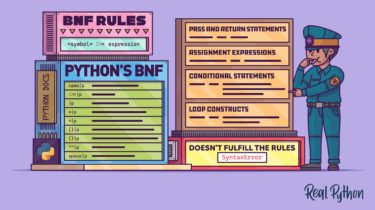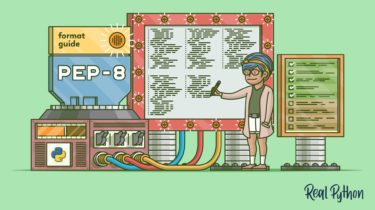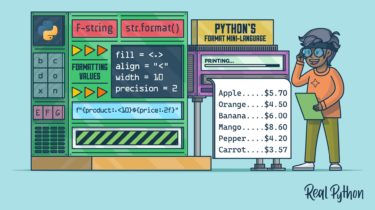BNF Notation: Dive Deeper Into Python’s Grammar
While reading the Python documentation, you may have found fragments of BNF notation (Backus–Naur form) that look something like the following: What’s the meaning of all this strange code? How can this help you in understanding Python concepts? How can you read and interpret this notation? In this tutorial, you’ll get to know the basics of Python’s BNF notation and learn how to take advantage of it to get a deep understanding of the language’s syntax and grammar. To get […]
Read more



